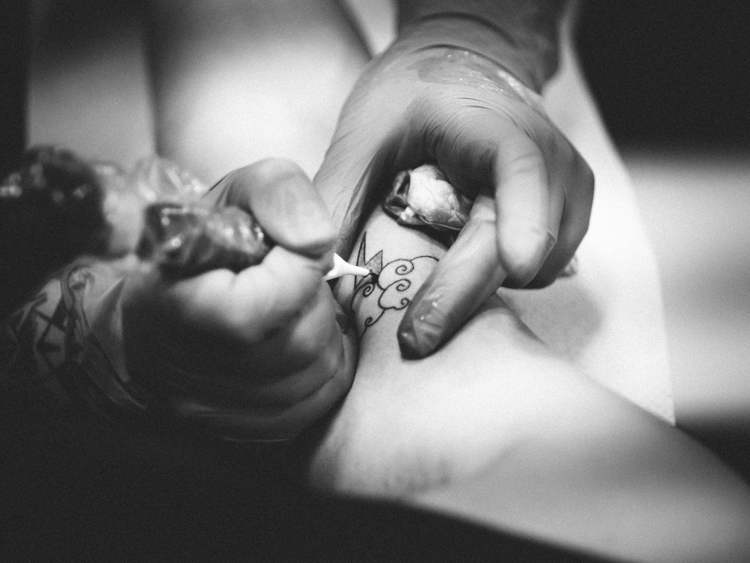It might sound like a silly idea, but it turns out that drawing eyes on the rumps of cattle might deter lions from attacking and prevent human retaliation against the mighty predators.
It sounds like a strategy to protect the poor cattle, but the idea is actually to protect endangered African lions from human retaliation. The majestic felines are on the IUCN Red List of Threatened Species, with numbers currently in the range of 23,000 to 39,000 and rapidly declining. “As protected conservation areas become smaller, lions are increasingly coming into contact with human populations, which are expanding to the boundaries of these protected areas,” says Dr Neil Jordan, a conservation biologist from UNSW’s Centre for Ecosystem Science. The lions attack livestock, and with no non-lethal way of protecting their livelihood farmers often shoot or poison the predators in retaliation.
To help humans and their cattle coexist with lions, Jordan has come up with a low-cost strategy that he hopes will prevent attacks and retaliatory violence. The idea behind painting a pair of intimidating eyes on the rumps of cows is that they will trick the lions into thinking they’ve been spotted, causing them to abandon the hunt. Scientists know that being seen can deter some species from attacking their prey. For example, Indian woodcutters have long been wearing worn masks on the back of their heads to trick man-eating tigers that they’ve been spotted, and butterflies with eye-patterns on their wings ward off predatory birds.

Photo: Ben Yexly/UNSW
Dr. Jordan came up with the idea of painting eyes on the butts of cattle while watching a lion attack an impala antelope. “Lions are ambush hunters, so they creep up on their prey, get close and jump on them unseen. But in this case, the impala noticed the lion. And when the lion realised it had been spotted, it gave up on the hunt,” he says.
Last year, Jordan collaborated with the Botswana Predator Conservation Trust (BPCT) to implement the strategy he has dubbed “iCow”. Researchers painted eyes onto the rumps of one-third of a herd of 62 cattle, and counted the returning cattle every night. After a 10-week period, the results were encouraging: three unpainted cows were killed by lions, and no painted cows were killed. However, the sample was too small to determine whether iCow is actually effective or the results were merely determined by chance.

Photo: Ben Yexly/UNSW
This month, the Australian conservationist has returned to Botswana to continue his research. He has managed to raise more than A$8000 on the science crowdfunding platform Experiment.com, which he’ll spend on 10 cattle GPS loggers and one GPS radio collar to be fitted on a wild lion under anesthetic. Jordan and his team will paint eyes on the butts of roughly half the cattle in a herd of 60 and use the GPS devices to monitor the movements of cows and lions to determine if the strategy works.
If the fake eyes prove to be an effective way of deterring lions from attacking cattle, it could provide farmers in Botswana and other places with a sustainable tool to protect their animals, as well as aid lion conservation efforts. I hope they fall for it!
Source: University of New South Wales via Neatorama




